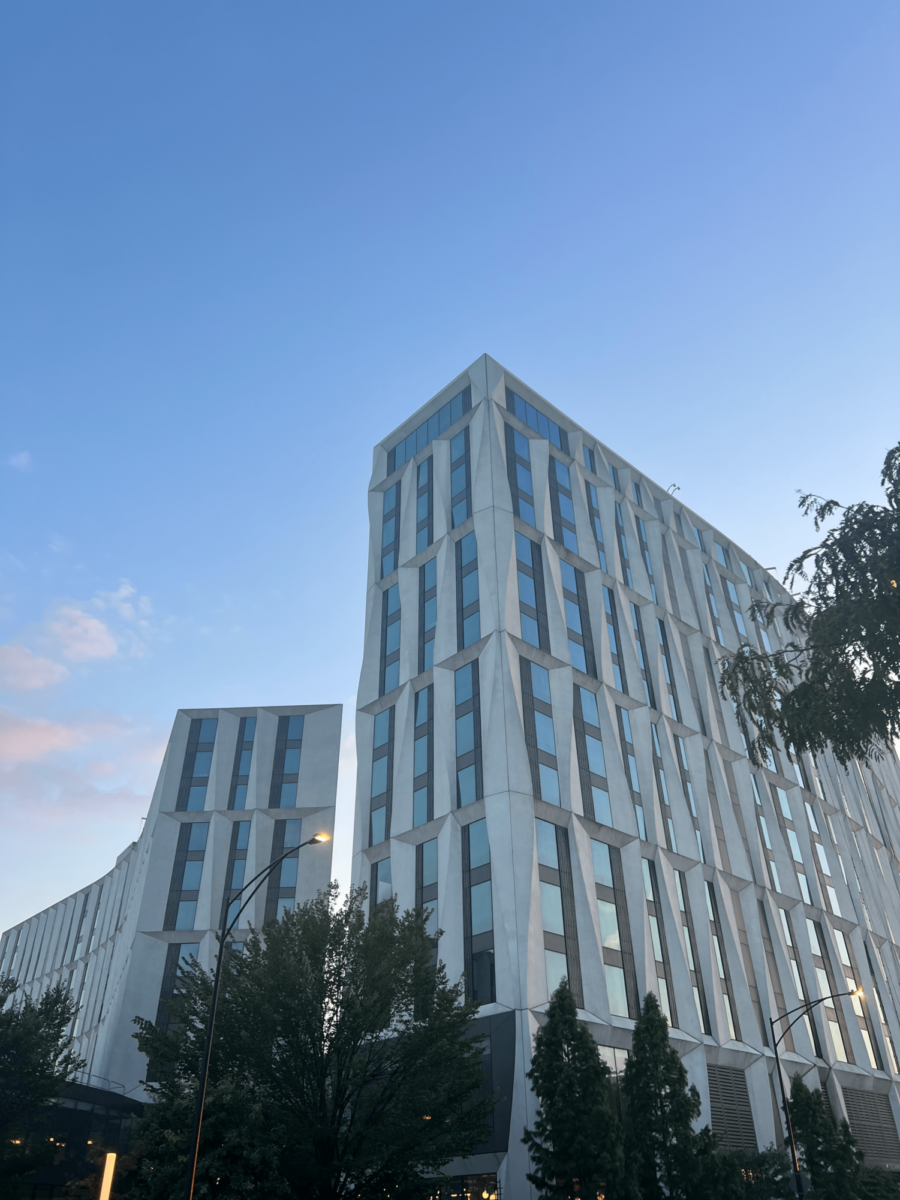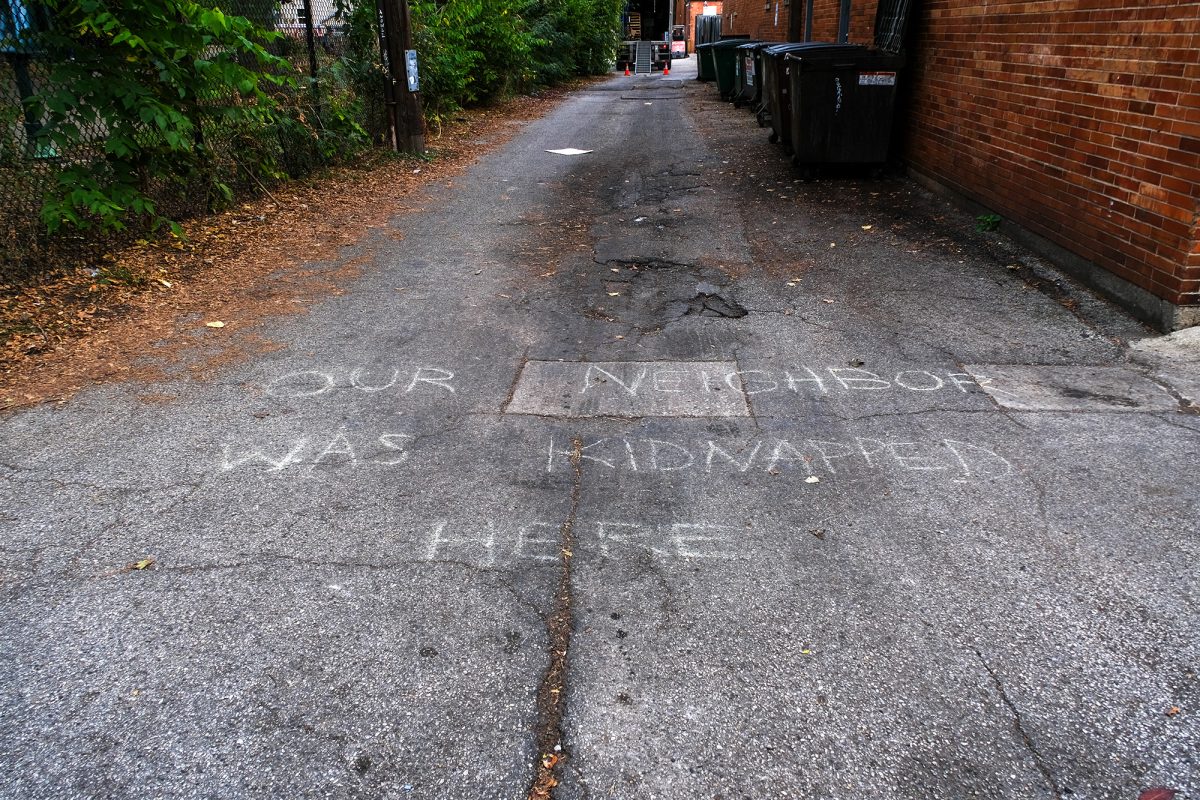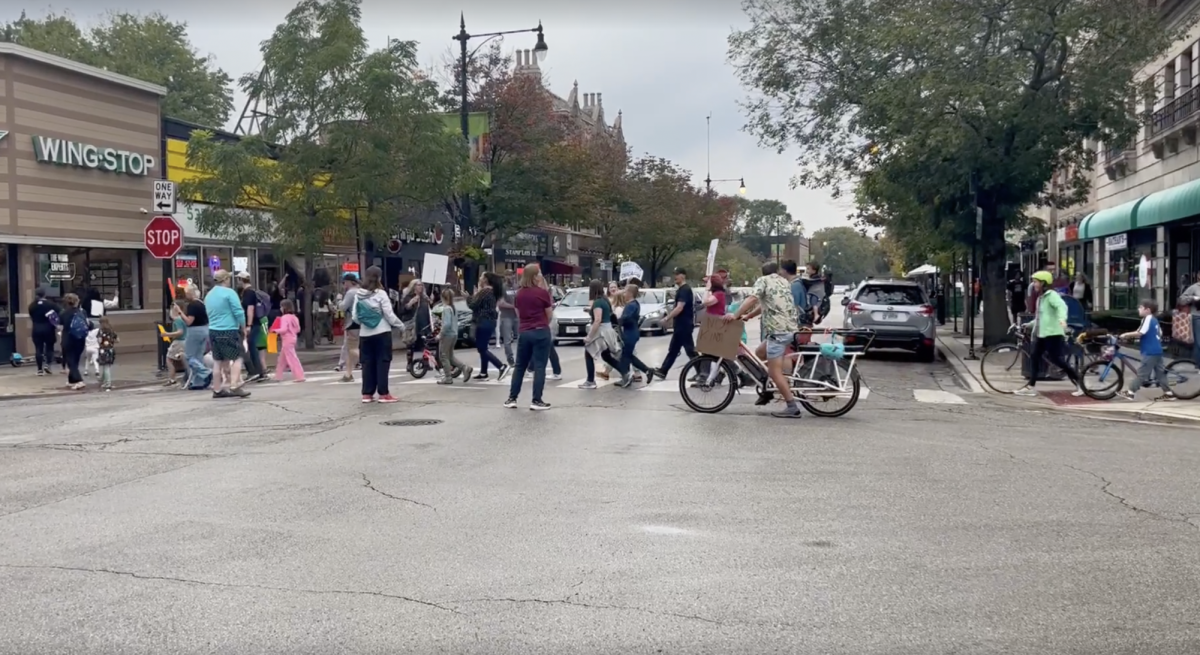In addition to the tallest building in North America, the city of Chicago will soon possess another architectural distinction: the largest student housing facility in the nation. Finalized plans were recently released for the dorm, which will represent a collaboration of three of the city’s schools. Columbia College, Roosevelt University and DePaul University plan to share the facility, which will be built at the corner of State Street and Congress Parkway in the city’s South Loop.
The plan originated two years ago, but was delayed and eventually modified in response to the revampment of the CTA tracks at Harrison and Wabash. The size of the building has been reduced from the original proposal, but the 18-story facility will accommodate 1,600-1,700 students from the three universities. In addition, there will be retail space included on the first floor and a one-half-acre garden on the rooftop.
Rooms in the dormitory will cost students $650 per month, while apartment-style accommodations will run $850. The building, designed by Chicago’s Antunovich Associates, Inc., will cost the three universities $130 million.
Robert Morris College was also involved in the preliminary discussion of the project. The institution later pulled out in response to the plan’s modifications; particularly, the removal of academic space from the building’s design.
Residential accommodations will be divided among the three universities with approximately 40 percent of the rooms going to Columbia students, 40 percent to DePaul students, and the remaining 20 percent to Roosevelt students. Planning officials add the caveat that these are simply preliminary estimates and that the proportions may be adjusted from year to year based on the schools’ actual enrollment numbers. For the time being, however, Columbia presents the most urgent need for the new housing facility. The school currently has 400 students on a waiting list for housing and only expects that number to grow in the coming years.
“I view it as positive for the city and very positive for the city’s south side,” said Hank Webber, the University of Chicago’s vice president of Community Affairs. “The effect on University of Chicago students is probably not dramatic in the short-term, but what it represents is the increasing redevelopment of the south side and an increasing livening and greater activity from the central business district.”
While some have hypothesized that this new dorm may increase the interaction between students from the University of Chicago and other of the city’s universities, Chicago students remain skeptical. “I don’t really suppose it will,” said second-year Tim Aher. “The only other college whose students I really interact with is the Art Institute and that’s because of common interests, not geography. As for the impact of putting three schools together, I don’t think it’ll really matter except for first-years. I live outside a dorm, so my social life doesn’t really have anything to do with university-sponsored housing.”
Combining students from three institutions in a single huge dorm is new to the Chicago area and leaves some students with uncertainties. “There’s bound to be some problems, but I think ideally the students will learn from each other and teach each other,” second-year Kate Casale said. “I think it’ll be something interesting to watch, but I’m glad U of C students aren’t directly involved in the first trial.”
Construction on the project is slated to begin in the early summer of 2002. Barring unforeseen difficulties, the dorm will be completed and ready for student occupation in fall 2004.








